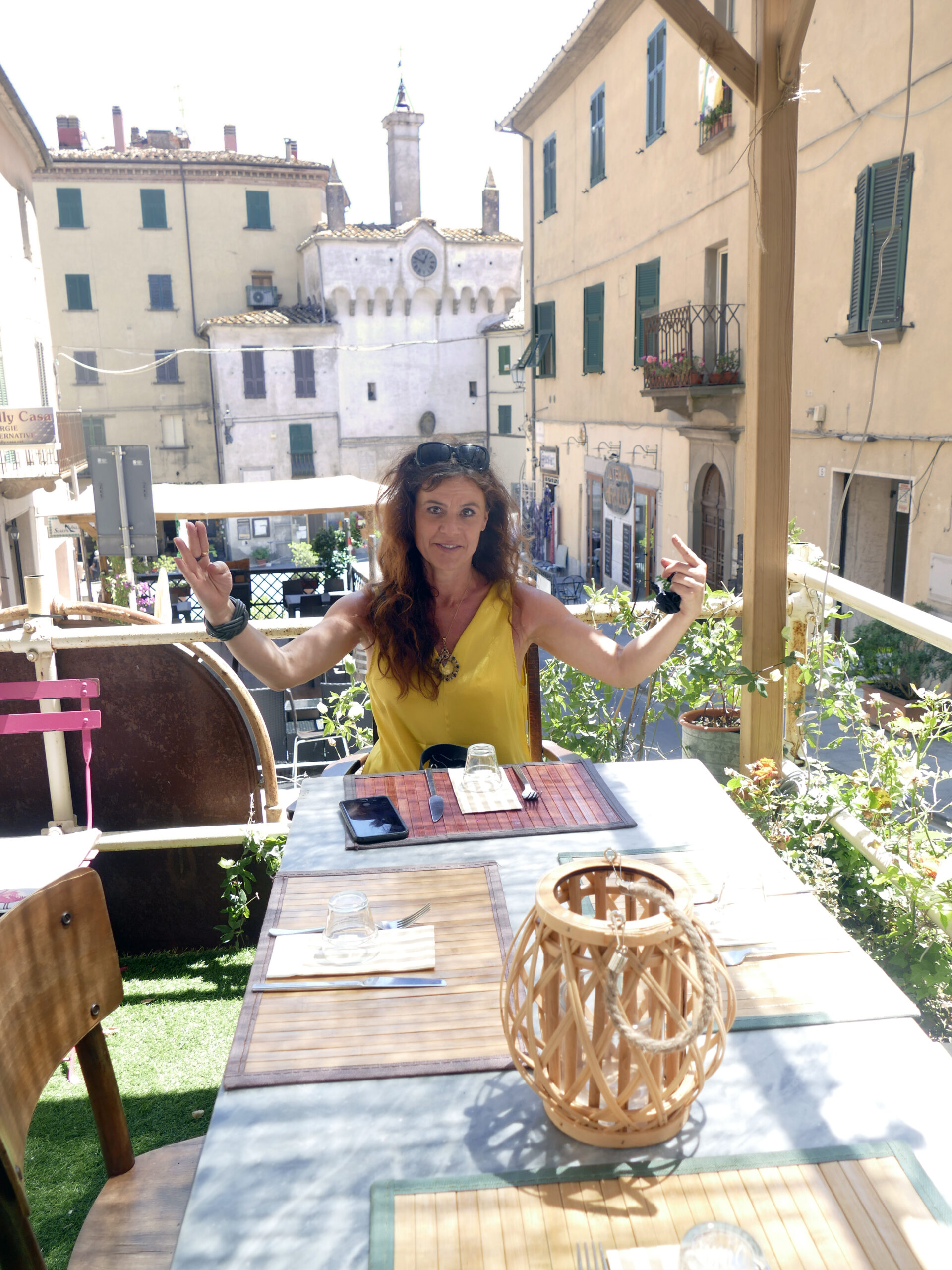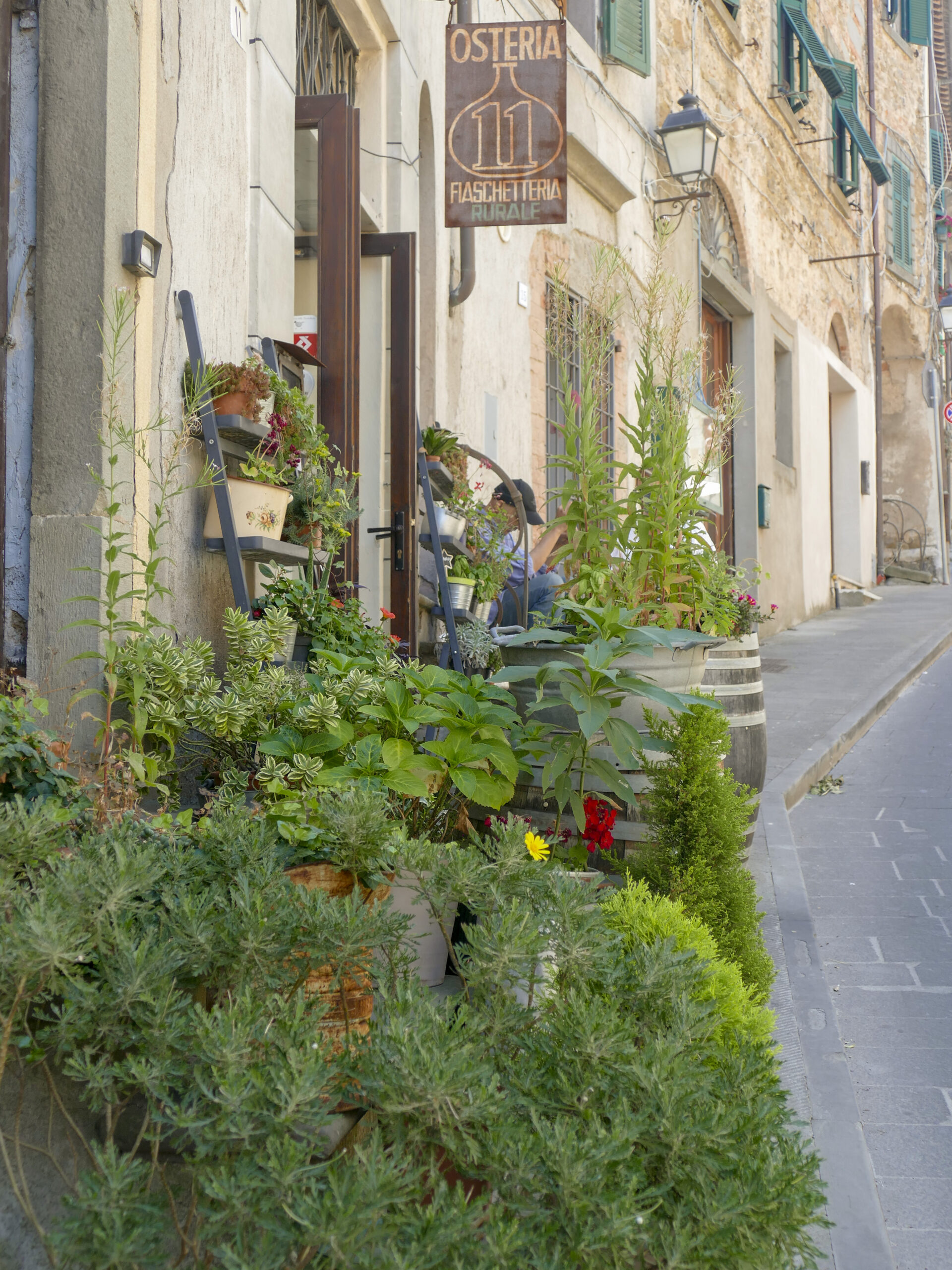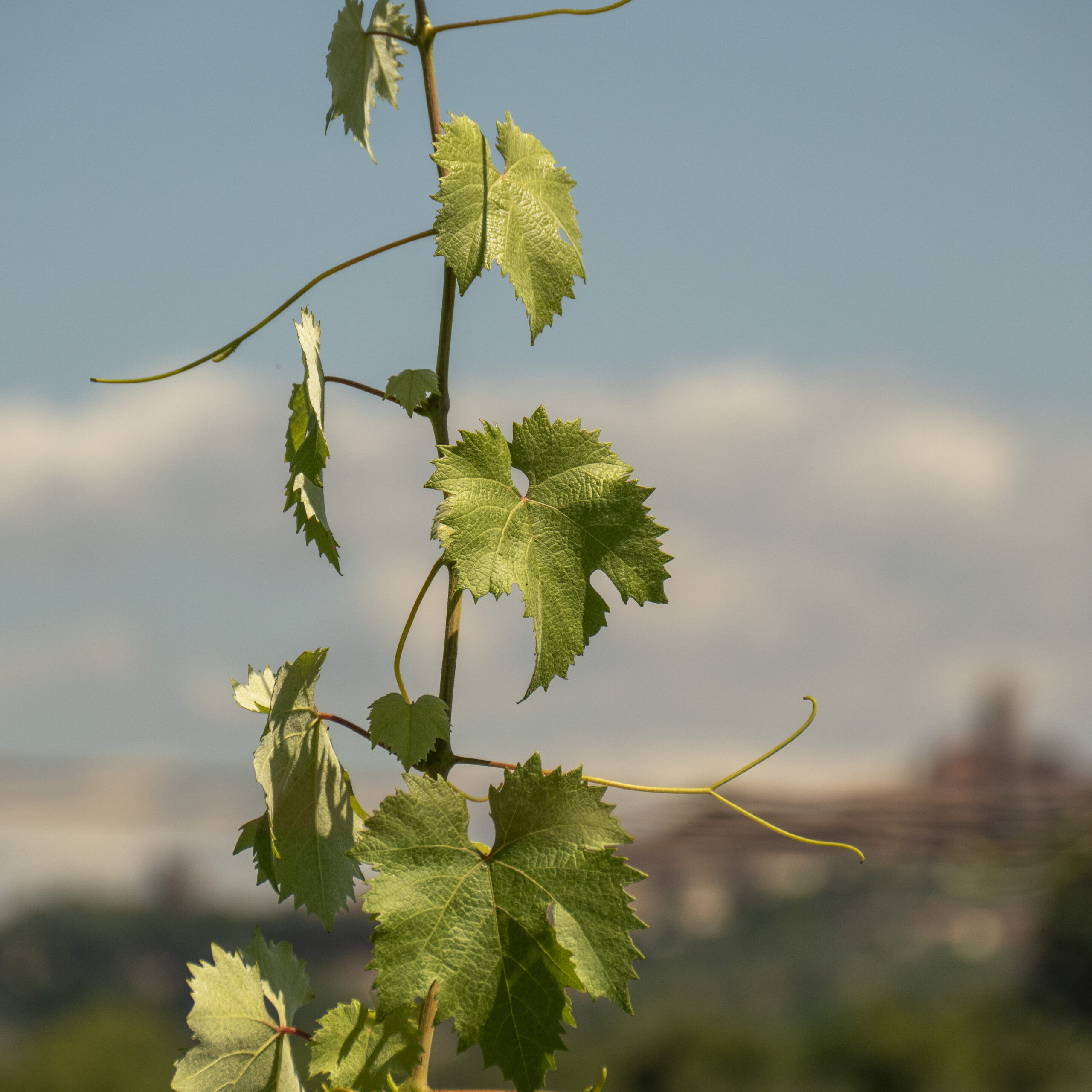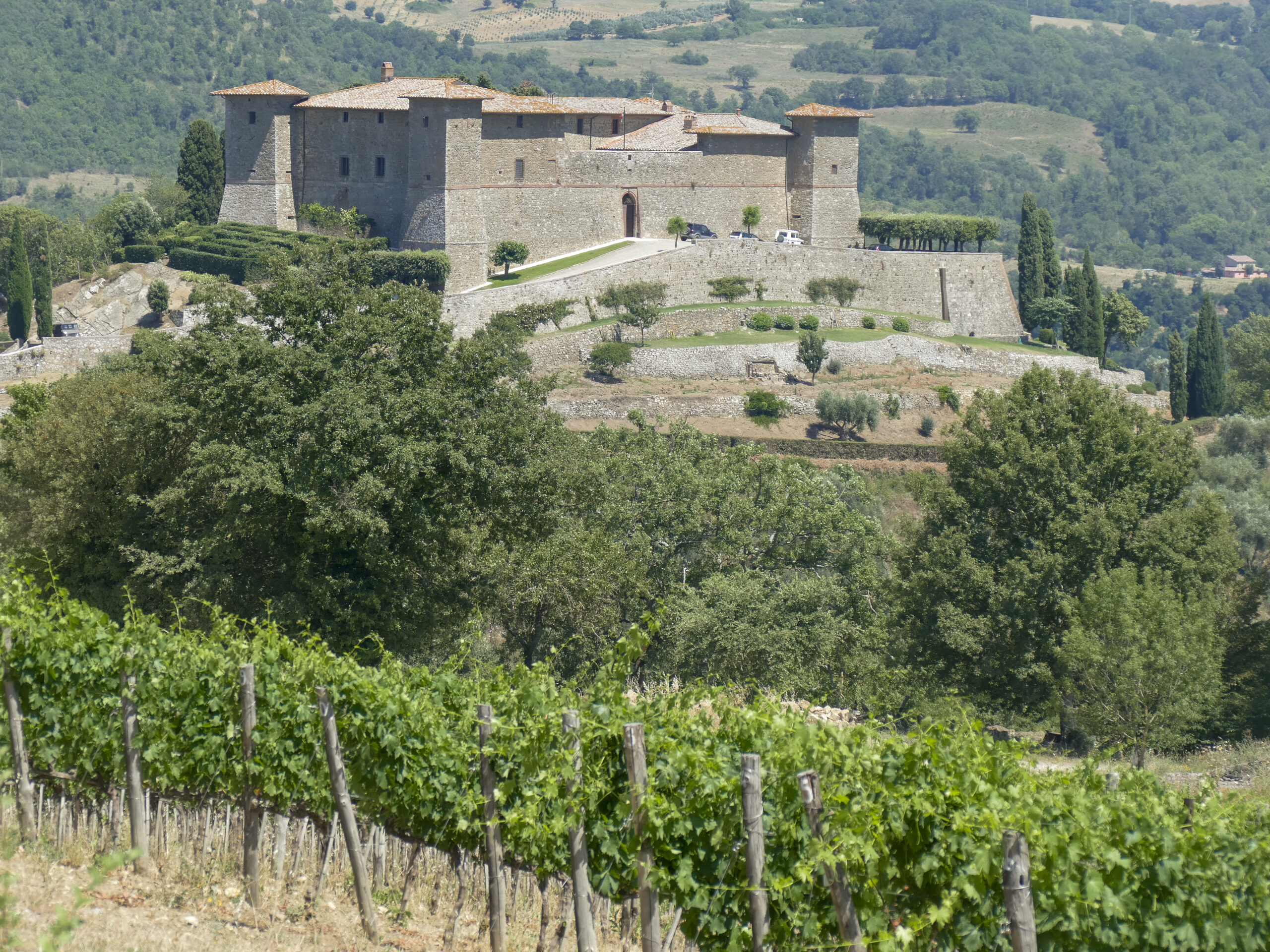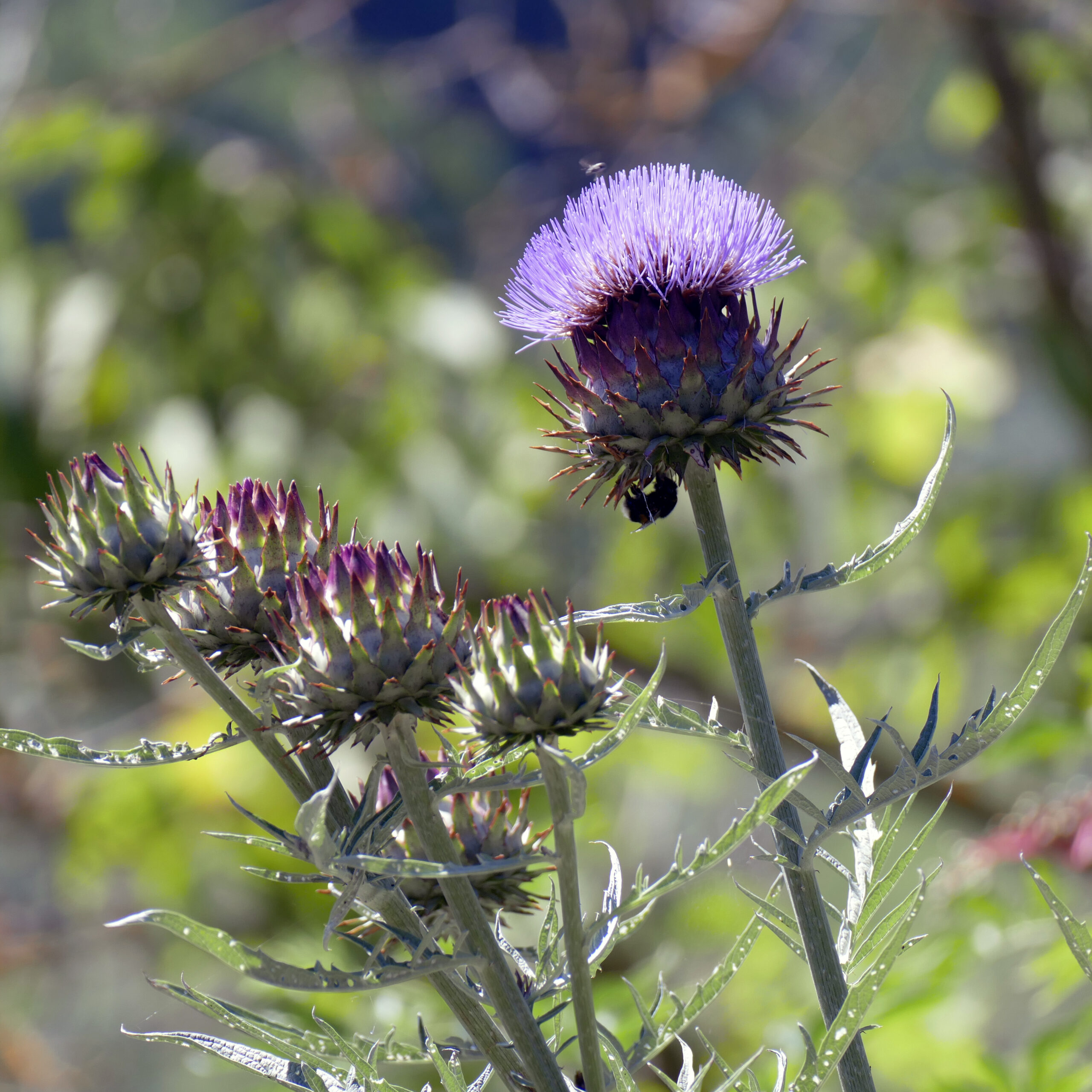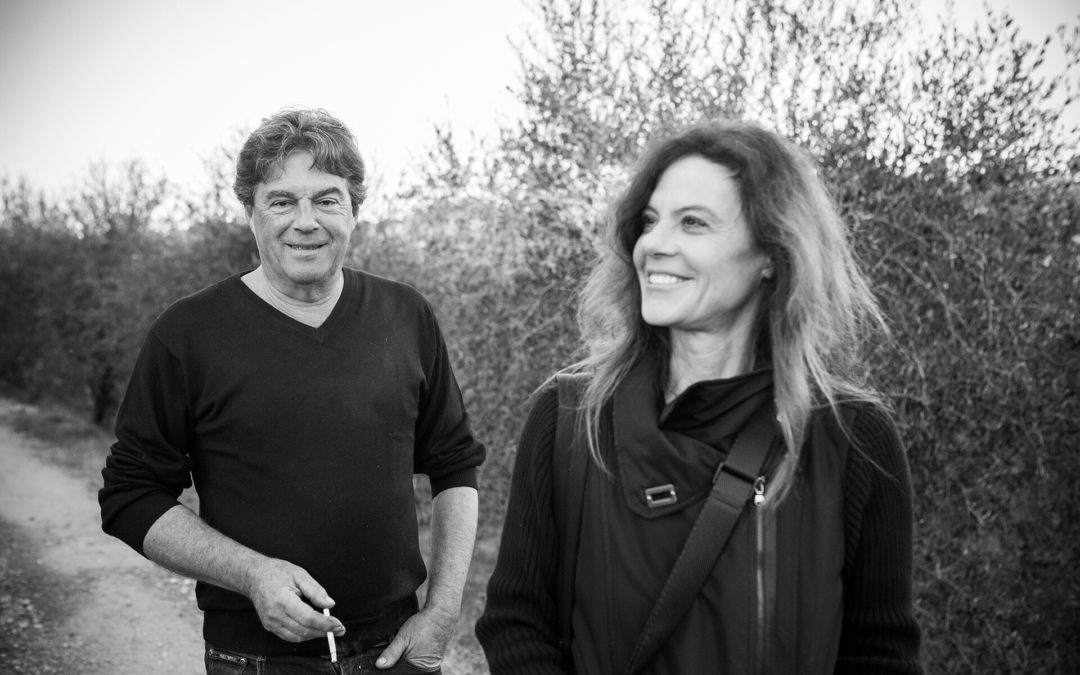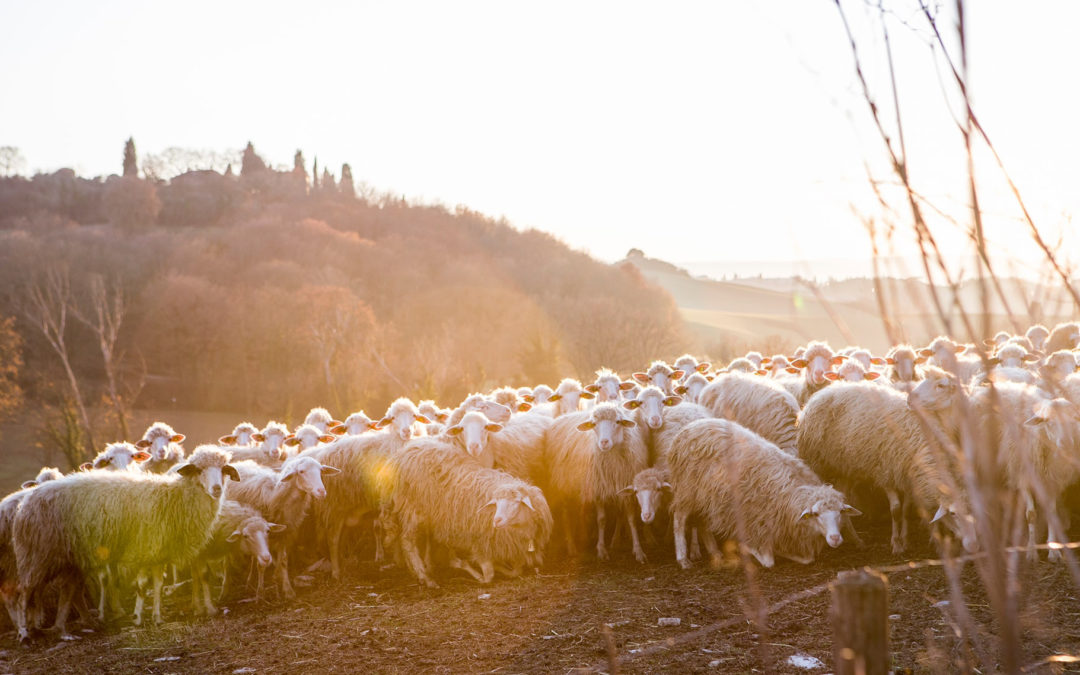A DAY WITH ALBERTO AND MARCO
Just as travelers trust me as a Tuscan native to design their custom-made trips in the region, I place my trust in locals to keep me up to date on recent developments and their stories —comic, colorful, sad, controversial—that I might have otherwise missed. This stream of news injects a freshness into my work as a Tuscan enthusiast eager to share my country’s endless beauty and surprises with others.
A few weeks ago, I took advantage of my dual citizenship to travel from New York to Italy. My first outing, post-quarantine, was a day trip to Maremma, in southern Tuscany, with my colleagues Alberto Franceschini and Marco Caroni. Alberto spends most of his time between Grosseto, where he was born, and Milano. He’s a gifted and multifaceted photographer whose work ranges from portraits to images of jewelry, fashion, art, sports, food and nature. There is no corner of Tuscany that he hasn’t immortalized with his keen eye. And so it made perfect sense to enlist his help in designing an eight-hour Tuscan itinerary. Marco is from Siena, and he and his twin brother Andrea organize transportation for tourists throughout Italy. Marco possesses a serious passion for wine, and he and his four close friends own a beautiful farm, Madonna Bella, just outside Siena’s walls. They produce excellent Chianti wine, olive oil and, in recent years, an indigenous variety of wheat, grano duro, which can be made into an artisanal pasta.

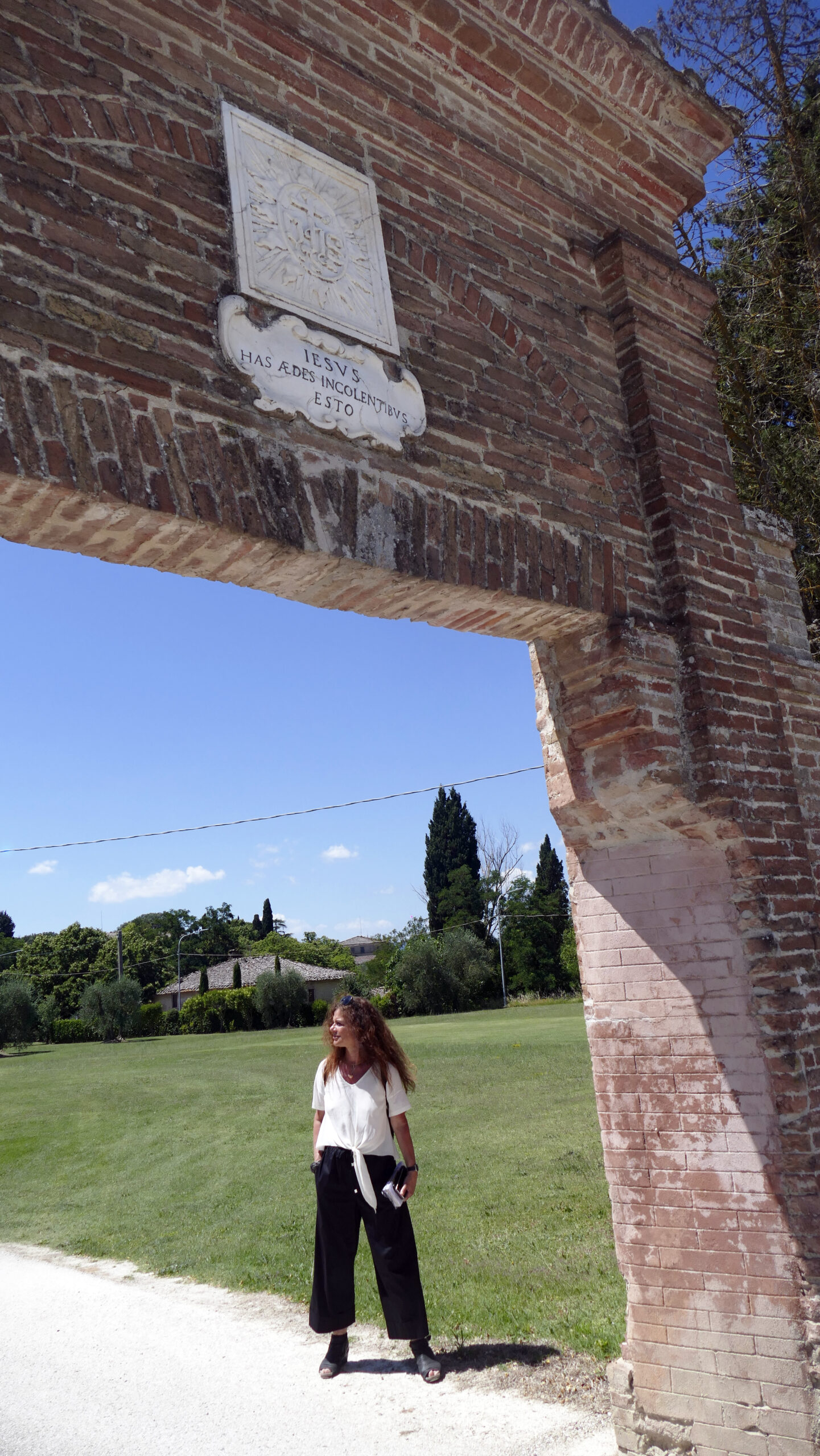
Because Alberto’s itinerary included a wine tour, I asked Marco to be our driver for the day and share his enophilic expertise with us.
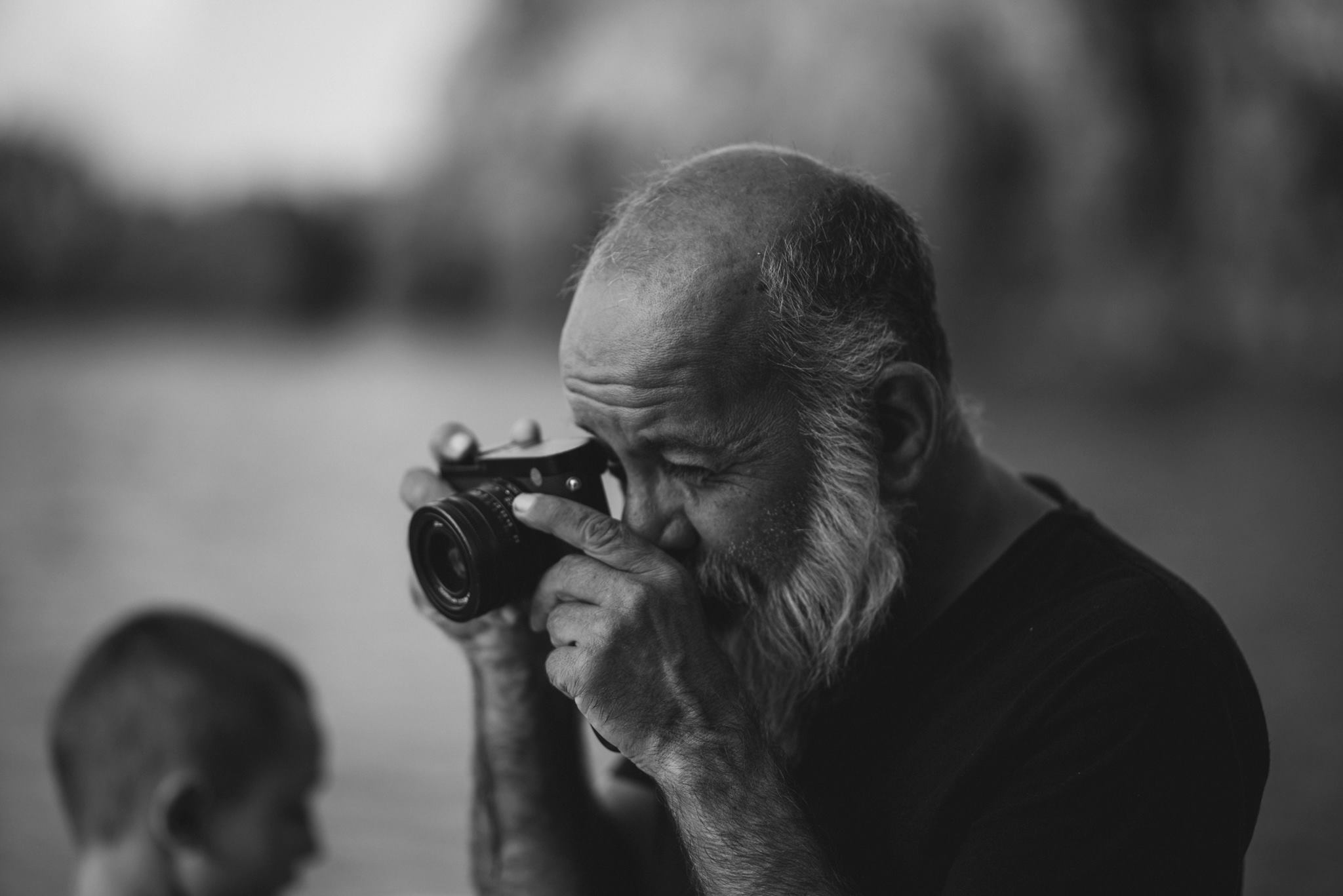
Our first appointment was at 8:00 AM at Nannoni Grappe, one of the world’s most prestigious distilleries, more or less hidden in Aratrice (Paganico). (An amusing side note: our arrival brought about an unexpected and comical welcome committee of fearless, mooing cows.) Priscilla Occhipinti, the master distiller, loyally dedicates every award she receives to her teacher, Gioacchino Nannoni, her father’s best friend and her godfather. In the early Seventies, Mr. Nannoni gave rise to a Grappa farm where Tuscany’s best wine producers could bring the pomace or marc, the leftovers from the winemaking process —-grape stalks, skin and seeds—to be used to extract the remaining flavors and aromas from the local vines.
But Priscilla, following in the footsteps of her predecessor, is more than a devoted distiller; she is at once an engineer, chemist and mechanic—“a magician among the ‘stills,” as the locals refer to her. Distillation is not a standardized process. It’s a hybrid technique combining elements of chemistry, agriculture, physics, mechanics and enology—a process of sublimation of the raw elements. Almost mystically, the “waste” from local grapes like Sangiovese, Vermentino, Canaiolo, Malvasia, Aleatico and Trebbiano is allowed to come back to life, resurrecting fragrances from the local soil. Priscilla is warm and friendly, always smiling, but you can tell that her mind is constantly multitasking and moving meticulously from task to task, ensuring that the quality of her distillates never fades. I never thought I’d like Grappa, but I was amazed that just three drops of the distillate could be so deeply evocative of the Tuscan terroir in all its complexities and nuances. Grappe Nannoni have no added aromas; they speak for themselves. They are aged in high-quality barrels, stored in sealed rooms and, based on an old law, periodically inspected by the customs agency. When I left the distillery, a beautiful farmhouse with a pink facade, I couldn’t resist buying several bottles of Grappa to share with family and friends.
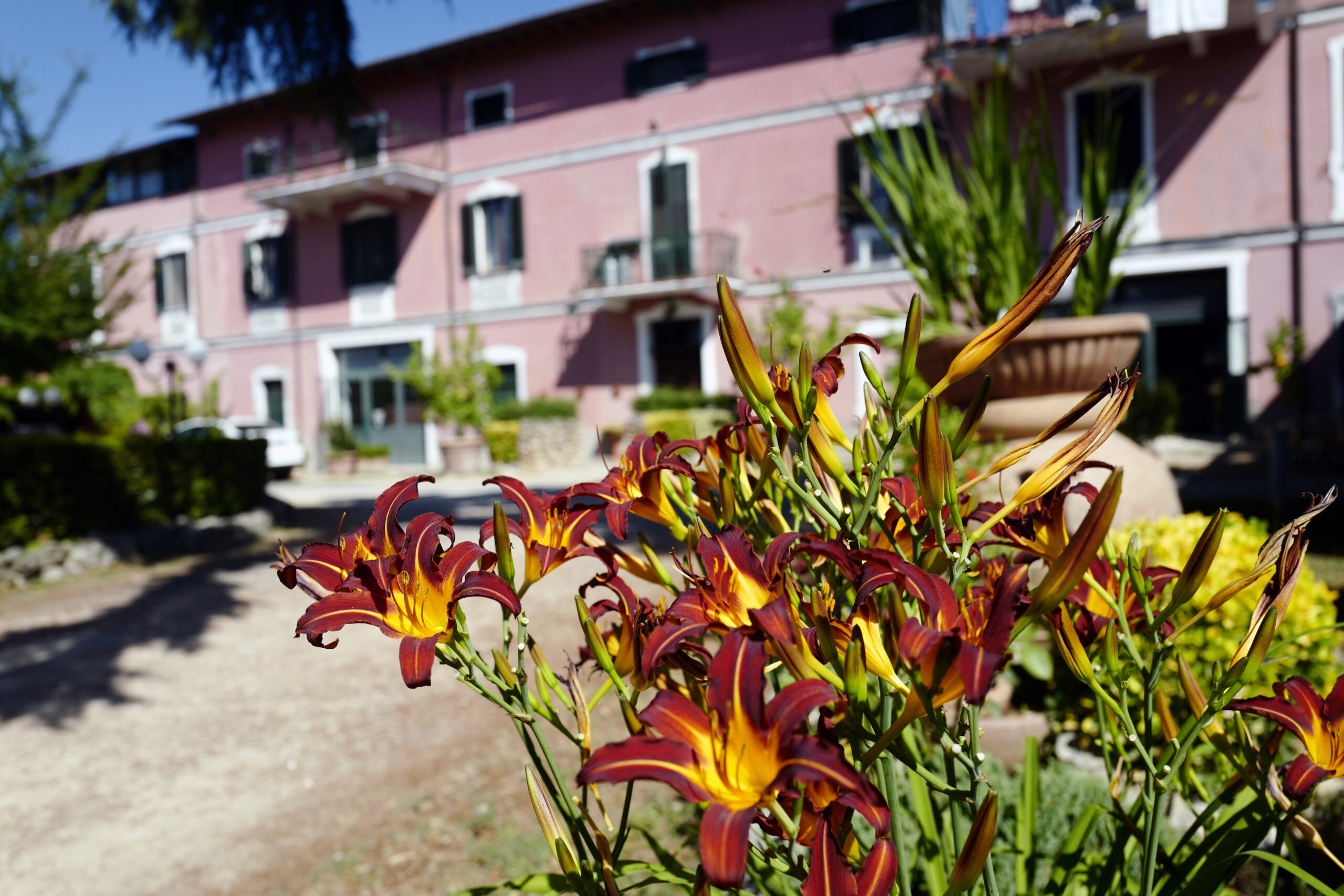
The next stop on our itinerary was the town of Scansano, formerly one of the main centers of the Tuscan Maremma and the object of disputes among wealthy local families–the Aldobrandeschis, the Sforzas, the Tolomeis and the Medicis—who centuries ago competed to build their imposing castles in places of strategic importance around the town’s urban center. Today Scansano is mainly known for the production of Morellino wine, composed of the local Sangiovese grape variety. In 2002, it was granted the highest designation of quality among Italian wines, the coveted DOCG, and is now slowly, but steadily, acquiring international acclaim.
There are several theories about the etymology of the name “Morellino.” Morello means “brownish” in Italian, like the color of a breed of horse common to the Tuscan region and the dark red quasi-brown hues of the local cherries. Morellino is a powerful red wine, voluptuous and succulent, closely tied to the history of Tuscany’s peasant culture. The Tuscan variety of Sangiovese differs from its northern brethren. It achieves a higher level of ripeness in the particular climate of a region marked by warm days, cool marine breezes from the nearby Tyrrhenian coast and the Albegna River, which flows through sulfuric springs around the village of Saturnia.
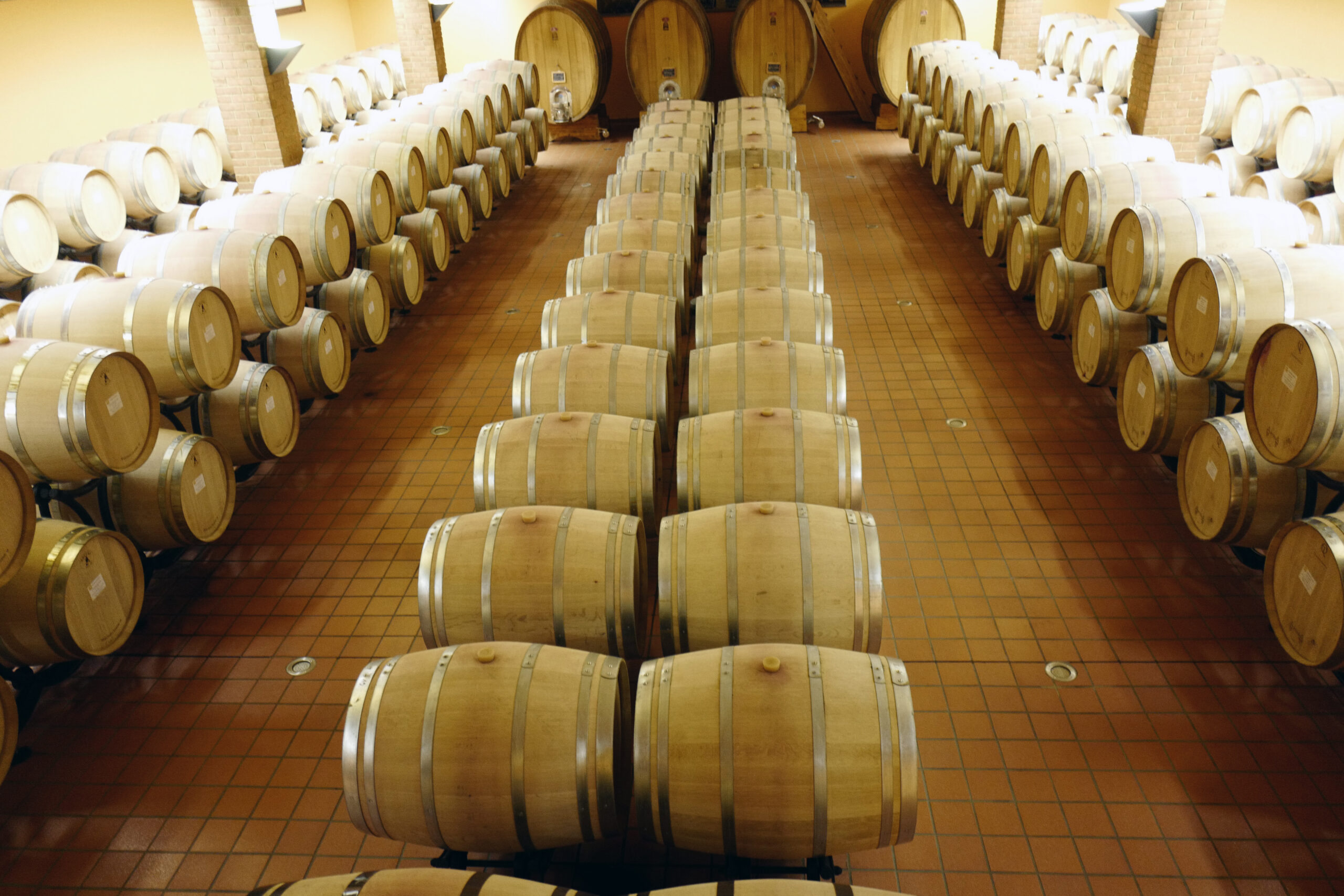
Visiting the Cantina Dei Vignaioli del Morellino di Scansano was especially informative. The winery was founded in 1972 by a small group of producers intent on protecting the distinctiveness of the territory. Today the consortium has 600 hectares of vineyards in the area of Scansano, Magliano in Toscana, and Pitigliano. Its 160 members share a philosophy of providing high-quality wine; focusing on environmental sustainability; following a common set of rules; and undergoing periodic inspections.
Today’s Morellino wine has little in common with its much earlier and cruder manifestations, in which wine was produced by farmers crushing grapes with their feet. However, in memory of those distant times, every September Scansano hosts the Festa dell’ Uva, a festival accompanied by a series of wine tastings, local storytelling and food pairing—a tribute to traditions and local life. Should you ever find yourself in Scansano not in September, don’t despair.

The town features a number of good restaurants where you can enjoy local dishes like pappardelle with wild boar ragu, fegatelli (pork liver) and stracotto (italian pot roast), and drink a glass (or two) of your favorite Morellino wine. Alberto had wanted me to try the restaurant Il Rifrullo, which unfortunately was closed on that particular day, and we ended up having lunch at Fiaschetteria Rurale. I ordered a dish of ravioli and a glass of local white wine. While waiting for what turned out to be a delicious meal, the town’s clock struck two o’clock. An unusual but peaceful silence fell upon our table: an ideal moment to honor Tuscany, our beautiful homeland full of infinite surprises and endless joy.
